Studies show that young blood could reverse aging
Thinkstock
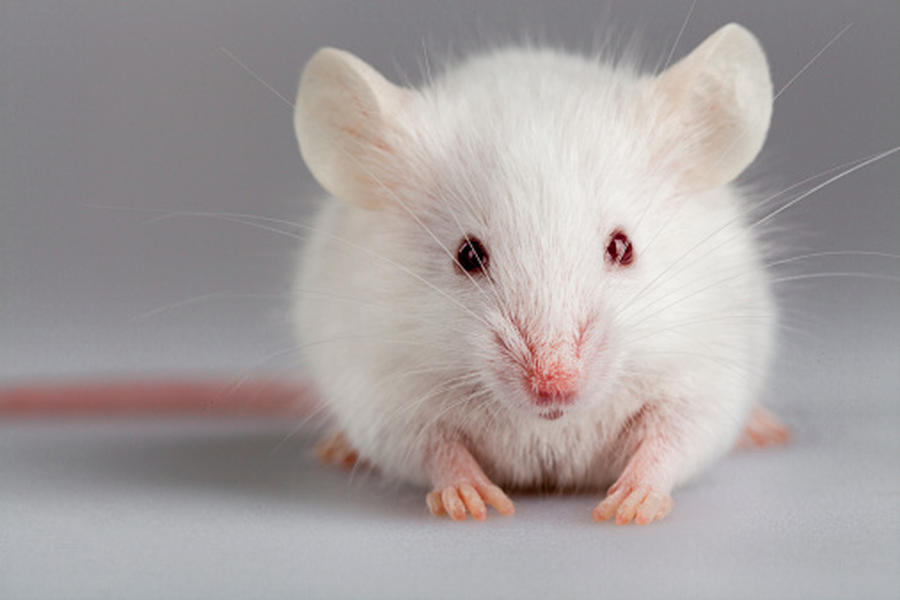

Two studies published on Sunday show that blood from young mice reversed aging in old mice, rejuvenating both their muscles and their brains, The New York Times reports.
Dr. Saul Villeda at the University of California, San Francisco, and his colleagues discovered that after young mice and old mice were stitched together at their flanks and their blood was flowing through each other, the old mice formed several new neurons in the hippocampus region of the brain, an important area for imprinting memories. The scientists also removed cells and platelets from the blood of young mice and injected the remaining plasma into old mice, which helped the older rodents perform better on memory tests.
Over at Harvard University, Dr. Amy J. Wagers and her team found that when old mice were joined together with young mice, more blood vessels grew in the brain of the old mice, leading to the creation of more neurons that gave the old mice a better sense of smell. During an earlier study, Wagers and her colleagues had discovered that GDF11, a protein, was plentiful in young mice and scarce in old mice, and could rejuvenate heart tissue when injected into older mice.
The Week
Escape your echo chamber. Get the facts behind the news, plus analysis from multiple perspectives.

Sign up for The Week's Free Newsletters
From our morning news briefing to a weekly Good News Newsletter, get the best of The Week delivered directly to your inbox.
From our morning news briefing to a weekly Good News Newsletter, get the best of The Week delivered directly to your inbox.
This time around, Wagers and her colleagues injected GDF11 into the old mice (not joined to younger mice) and found that it also spurred the growth of blood vessels and neurons in the brain, as well as — in a separate new study — stem cells in the aging muscles, increasing the strength and endurance of older mice.
Taken together, the separate research could eventually lead to treatments for human heart disease and degenerative brain disorders like Alzheimer's, among other Fountain of Youth remedies. "There's no conflict between the groups, which is heartening," Dr. Richard M. Ransohoff, director of the Neuroinflammation Research Center at the Cleveland Clinic, told The New York Times.
The idea of being able to rejuvenate body parts this way is exciting, but scientists also warn that stem cells could multiply uncontrollably, leading to cancer. Villeda's team published its findings in the journal Nature Medicine, while Wagers' studies came out in Science.
A free daily email with the biggest news stories of the day – and the best features from TheWeek.com
Catherine Garcia has worked as a senior writer at The Week since 2014. Her writing and reporting have appeared in Entertainment Weekly, The New York Times, Wirecutter, NBC News and "The Book of Jezebel," among others. She's a graduate of the University of Redlands and the Columbia University Graduate School of Journalism.
-
 ‘The menu’s other highlights smack of the surreal’
‘The menu’s other highlights smack of the surreal’Instant Opinion Opinion, comment and editorials of the day
-
 Education: More Americans say college isn’t worth it
Education: More Americans say college isn’t worth itfeature College is costly and job prospects are vanishing
-
 One great cookbook: ‘More Than Cake’
One great cookbook: ‘More Than Cake’the week recommends The power of pastry brought to inspired life
-
 Blue Origin launches Mars probes in NASA debut
Blue Origin launches Mars probes in NASA debutSpeed Read The New Glenn rocket is carrying small twin spacecraft toward Mars as part of NASA’s Escapade mission
-
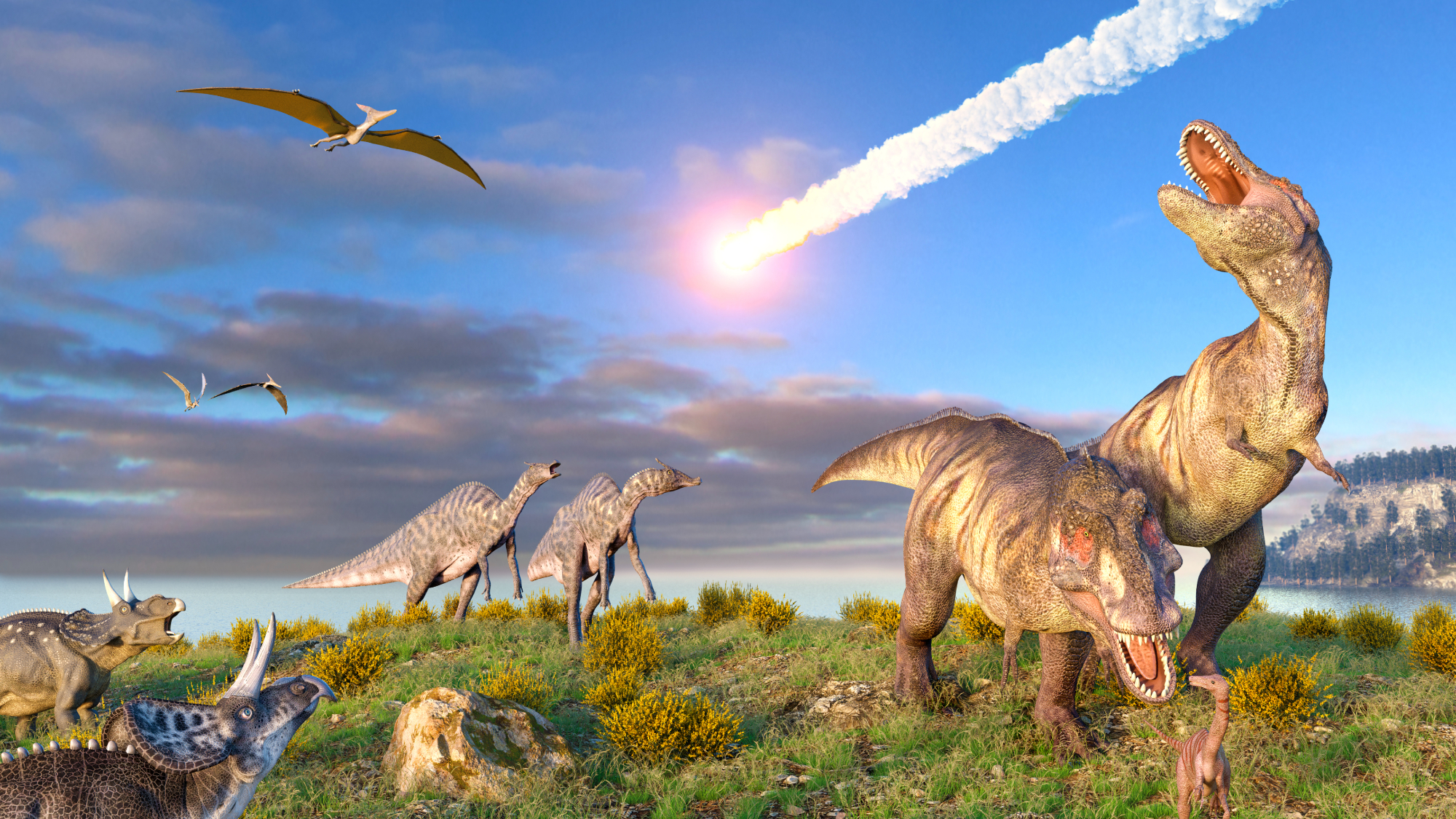 Dinosaurs were thriving before asteroid, study finds
Dinosaurs were thriving before asteroid, study findsSpeed Read The dinosaurs would not have gone extinct if not for the asteroid
-
 SpaceX breaks Starship losing streak in 10th test
SpaceX breaks Starship losing streak in 10th testspeed read The Starship rocket's test flight was largely successful, deploying eight dummy satellites during its hour in space
-
 Rabbits with 'horns' sighted across Colorado
Rabbits with 'horns' sighted across Coloradospeed read These creatures are infected with the 'mostly harmless' Shope papilloma virus
-
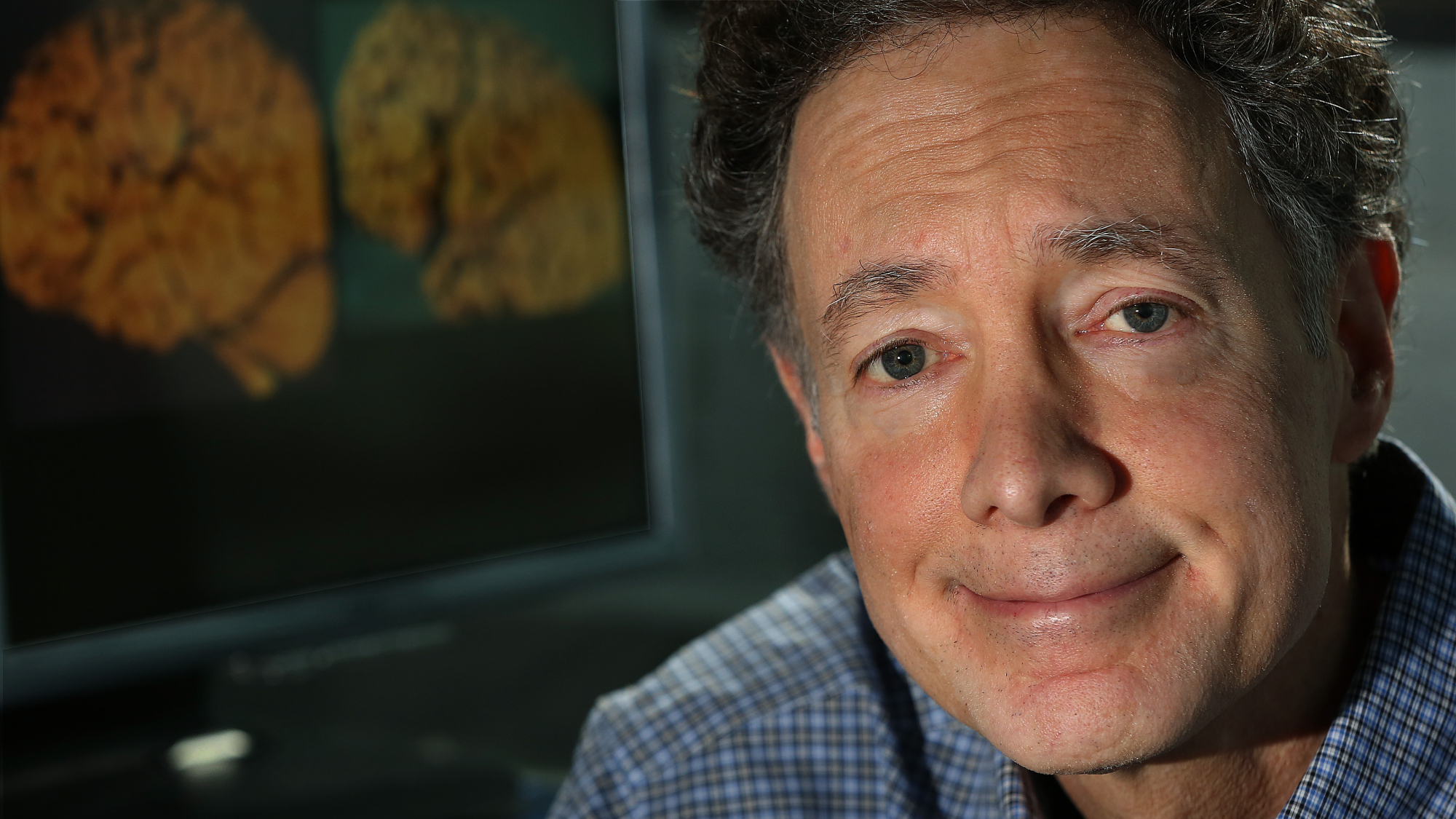 Lithium shows promise in Alzheimer's study
Lithium shows promise in Alzheimer's studySpeed Read Potential new treatments could use small amounts of the common metal
-
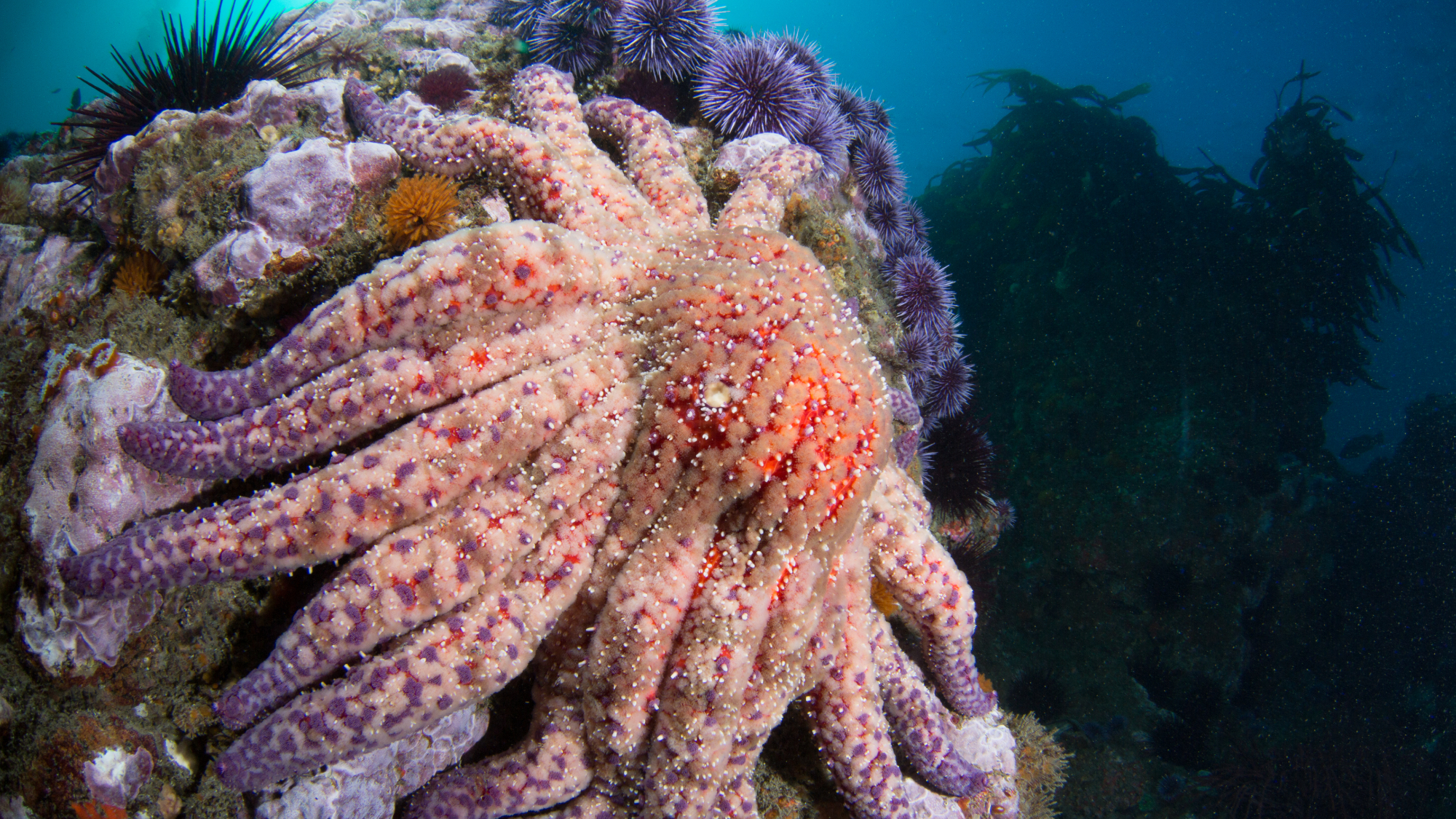 Scientists discover cause of massive sea star die-off
Scientists discover cause of massive sea star die-offSpeed Read A bacteria related to cholera has been found responsible for the deaths of more than 5 billion sea stars
-
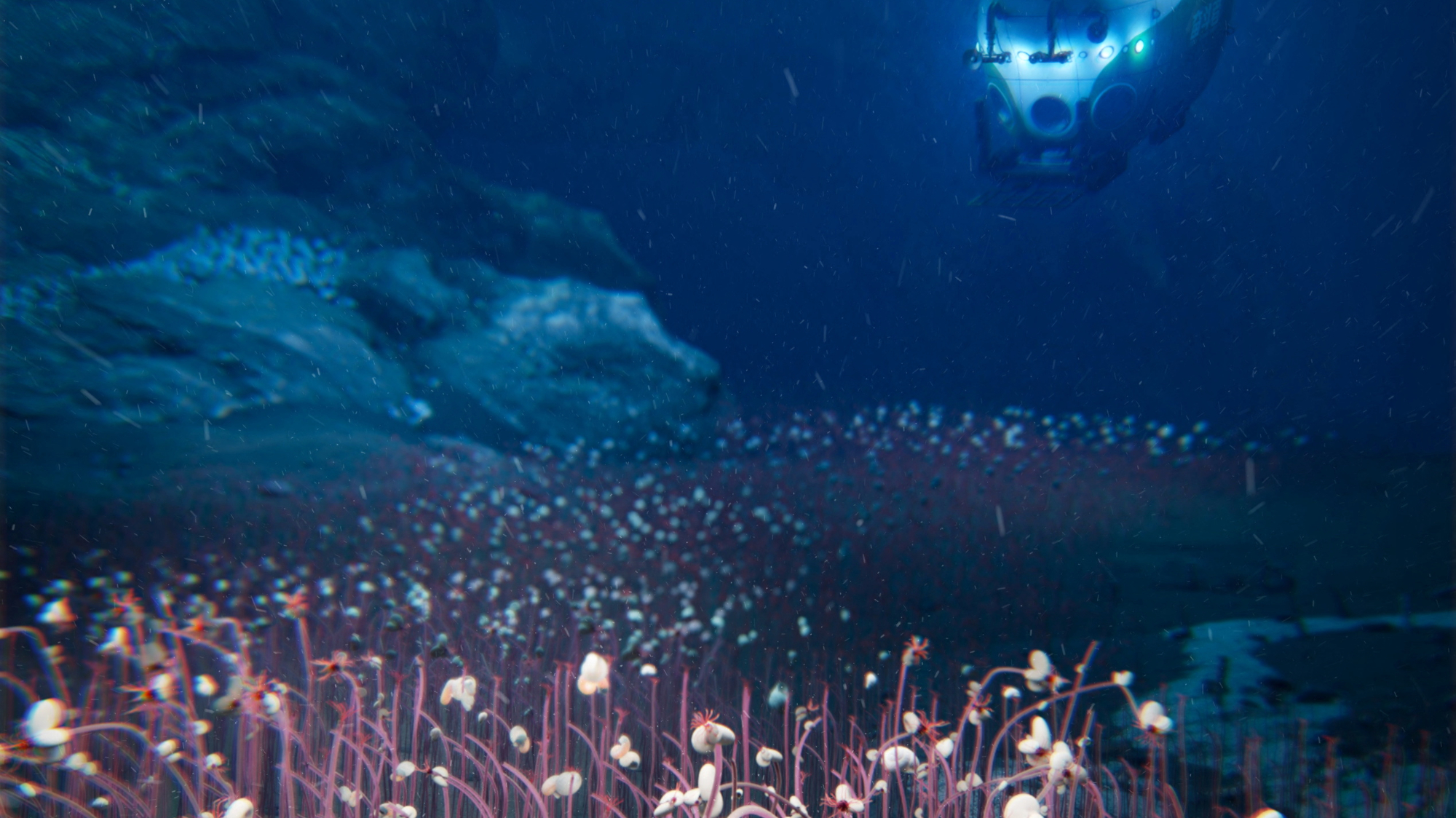 'Thriving' ecosystem found 30,000 feet undersea
'Thriving' ecosystem found 30,000 feet underseaSpeed Read Researchers discovered communities of creatures living in frigid, pitch-black waters under high pressure
-
 New York plans first nuclear plant in 36 years
New York plans first nuclear plant in 36 yearsSpeed Read The plant, to be constructed somewhere in upstate New York, will produce enough energy to power a million homes
